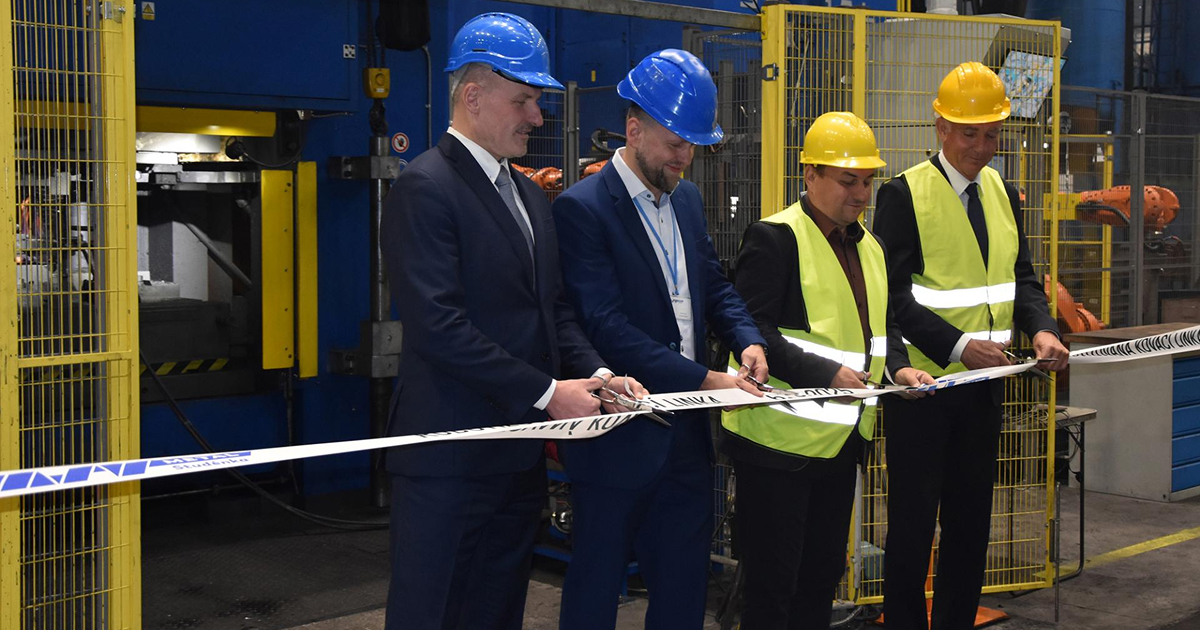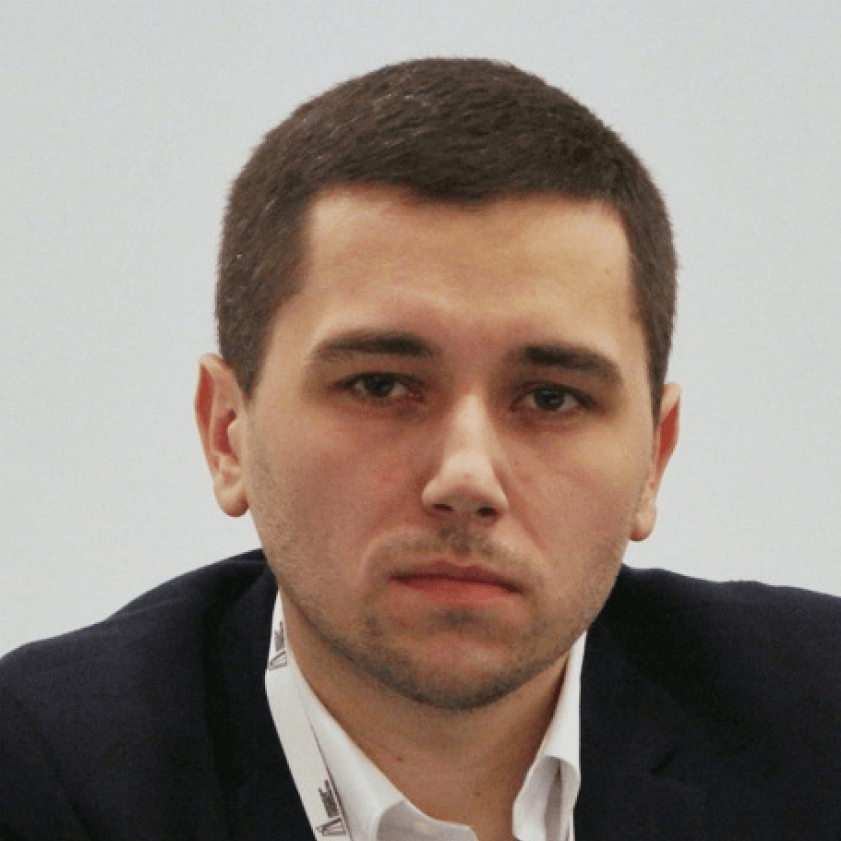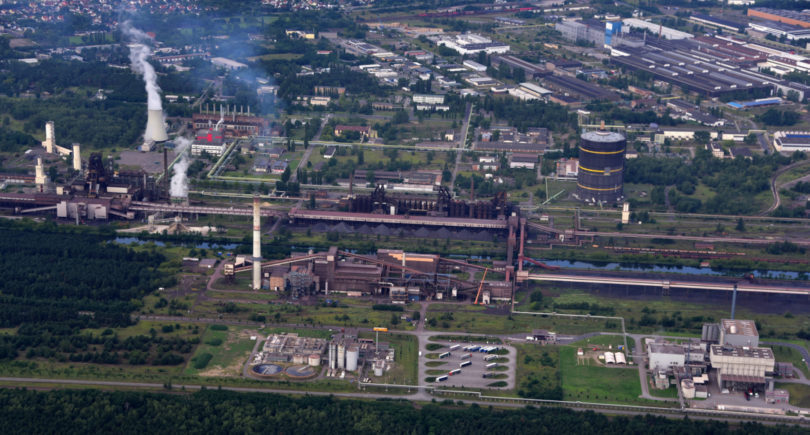
News Companies Czech Republic 1088 07 May 2025
The investment project will increase the annual capacity of the enterprise to 18 thousand tons and reduce energy consumption
In May 2025, the Czech company MSV Metal Studénka officially launched the largest investment in recent years – a robotic forging line with a hydraulic press with a capacity of 4 thousand tons – into mass production. The total cost of the project amounted to about CZK 280 million. Thanks to the new equipment, the company will increase its production capacity from 14 thousand tons to more than 18 thousand tons of forged products per year, according to a press release from Třinecké Železárny.
The line is designed to produce forged parts made of structural, carbon and alloy steel weighing from 10 to 22 kg. New technologies allow for automatic cooling of products without additional heat treatment, which significantly reduces energy consumption. According to Pawel Krajča, Chairman of the Board, this increases process efficiency and strengthens the company’s position in competitive markets.
The project started in late 2023, and preparatory construction work continued in the first half of 2024. The most challenging stage was the transportation and installation of the main component, a 120-ton main press stand. Testing of the equipment began in August 2024, and in May 2025, the line was officially put into production.
As part of the modernization, the company has also invested in new robotic production areas, including a CNC machine for the production of nuts and new welding equipment for the production of buffers.
MSV Metal Studénka and its subsidiary near Wroclaw, Poland, specialize in hot forming steel billets for the railway, automotive, construction and mining sectors. More than 85% of its products are exported, and the company employs more than 630 people.
Earlier, the Czech steelmaker Třinecké Železárny announced the postponement of the completion date of the largest investment in the plant’s history related to the decarbonization process. The group has postponed the construction of an electric arc furnace and infrastructure and will complete the process no earlier than 2030 instead of the previously announced 2028.




